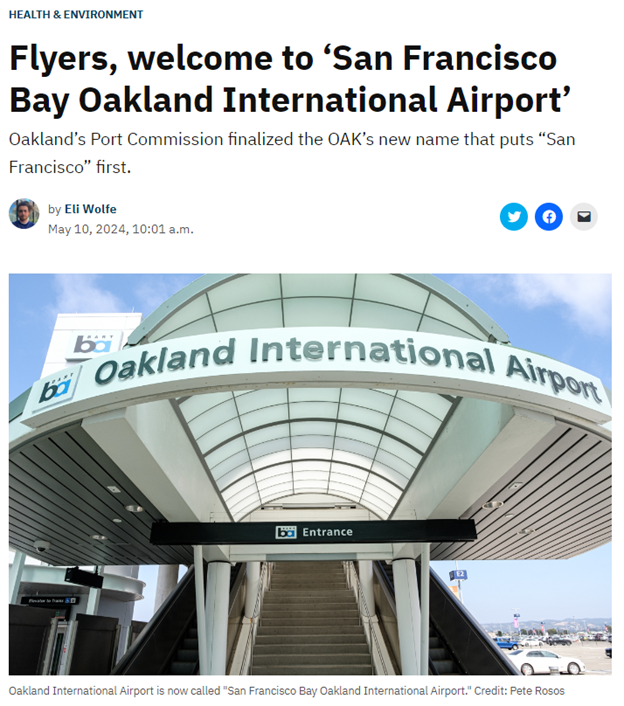Stop OAK Expansion Coalition in the press
Click on headlines to go to linked articles and media
Photo coverage of 8/30 Rally + Public Hearing here: https://www.indybay.org/newsitems/2023/08/31/18858646.php
Photo coverage of 8/15 Rally + Public Hearing here: https://www.indybay.org/newsitems/2023/08/16/18858354.php
Related Press
Click on headlines to go to linked articles.























































